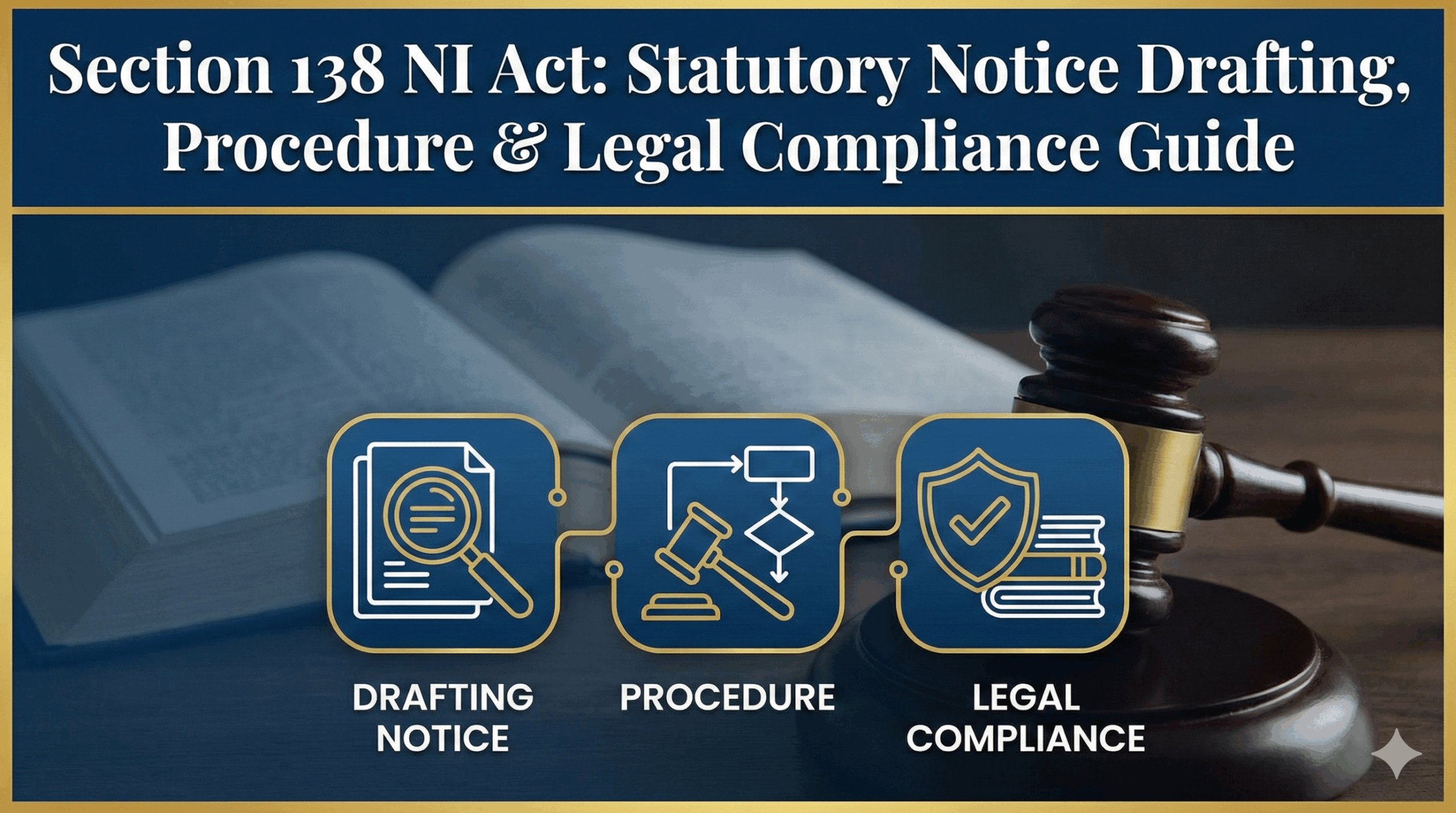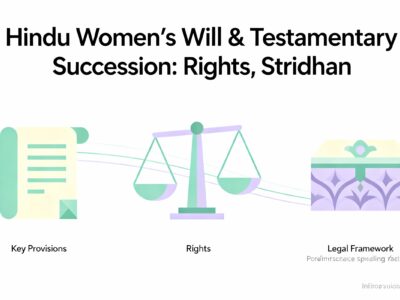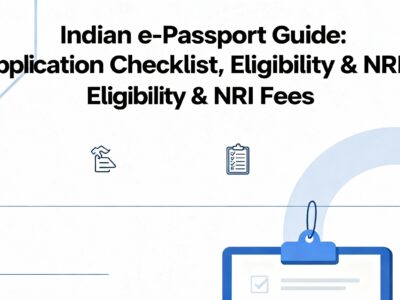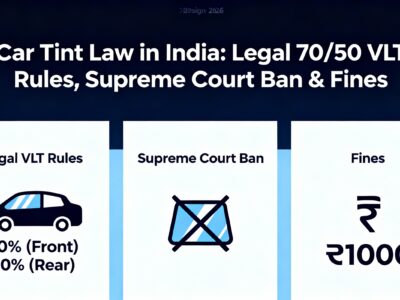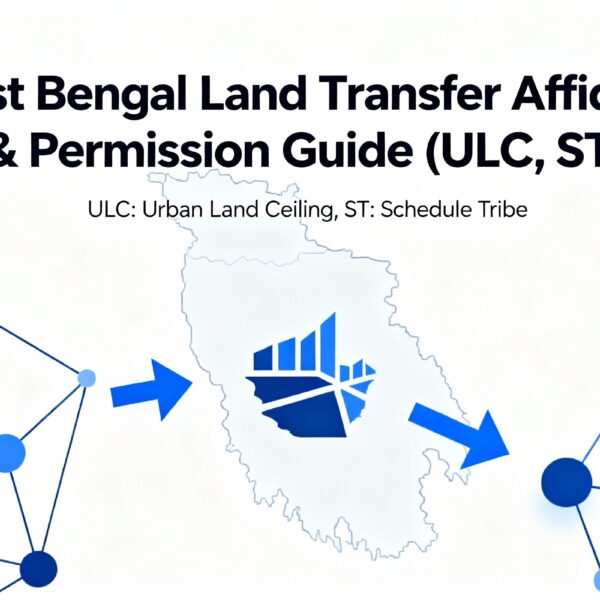As of July 2025, India stands at the crossroads of a historic transformation in its employment landscape. The four new Labour Codes, designed to streamline decades of complex laws, have been passed but their nationwide implementation remains a puzzle of staggered timelines and state-level delays. This has created significant uncertainty for businesses, HR professionals, and millions of workers, especially the rapidly growing gig and platform workforce.
This comprehensive guide by Evaakil.com cuts through the confusion. We provide a definitive breakdown of the state-by-state implementation status, a deep dive into the legal ambiguities surrounding gig worker welfare, and a practical roadmap for the critical payroll, social security, and contractual changes your business needs to make. Whether you are a large corporation, a startup, or a platform aggregator, this is your essential resource for navigating India’s new labour regime.
India's New Labour Regime: The Ultimate Guide
A deep dive into the four new Labour Codes, the legal maze of gig worker rights, and the critical compliance changes every Indian business must navigate.
I. The Implementation Deadlock
While the four new Labour Codes received presidential assent, their nationwide rollout is caught in a complex web of federal negotiations. "Labour" is a subject on the Concurrent List, meaning both the Centre and states must frame rules, leading to a 'compliance limbo' for businesses with multi-state operations.
From 29 Laws to 4 Codes: A Legislative Overhaul
Code on Wages, 2019
Consolidates 4 laws on wages and bonuses.
Industrial Relations Code, 2020
Merges 3 laws on industrial disputes & trade unions.
Code on Social Security, 2020
Combines 9 laws, extending benefits to gig workers.
OSHWC Code, 2020
Replaces 13 laws on safety, health & working conditions.
State-by-State Rule Finalization
Progress is uneven. While most states have "pre-published" draft rules, key economic hubs like West Bengal are yet to begin, delaying a unified national rollout.
Detailed Status of Key States/UTs (as of Q3 2025)
| State/UT | Code on Wages | Industrial Relations | Social Security | OSHWC Code |
|---|---|---|---|---|
| Majority (32) | Pre-Published | Pre-Published | Pre-Published | Pre-Published |
| Delhi | Pre-Published | Pending | Pending | Pending |
| Tamil Nadu | Pre-Published | Pre-Published | Pending | Pre-Published |
| West Bengal | Pending | Pending | Pending | Pending |
| Lakshadweep | Pending | Pending | Pending | Pending |
II. The Phased Rollout: A Three-Year Transition
To ease the compliance burden, the government is expected to stagger the rollout over three years based on enterprise size. While pragmatic, this creates a multi-tiered legal system that could distort market competition.
Enterprise Compliance Timeline
FY 2026: Large Enterprises
Companies with over 500 employees will be the first to comply, facing immediate changes to payroll and statutory costs.
FY 2027: Medium Enterprises
Companies with 100 to 500 employees will be required to comply in the second phase.
FY 2028: Small Businesses
Companies with fewer than 100 employees will get the longest transition period to adapt.
III. The Gig Worker Conundrum
The codes formally recognize "gig" and "platform" workers (under Sec 2(35) & 2(61) of the Social Security Code) but create a legal grey area. This has led to a high-stakes battle over classification that has now reached the Supreme Court.
The Billion-Dollar Question: Partner or Employee?
Platform's Stance: "Partners"
- ✓ Flexibility & Autonomy
- ✓ No fixed hours
- ✓ Outside traditional employment
- → Avoids statutory liabilities (PF, Gratuity, etc.)
Worker's Reality: "De Facto Employees"
- ✕ Algorithmic Control
- ✕ Performance Monitoring
- ✕ No bargaining power
- → Denied social security & worker rights
This conflict is at the heart of the *IFAT v. Union of India* case before the Supreme Court.
Petitioners argue the current classification violates fundamental rights under Articles 14 (Equality), 21 (Livelihood), and 23 (Forced Labour).
IV. A Global Perspective: India's 'Third Path'
India's approach to gig worker rights is unique. Instead of forcing reclassification, it's creating a bespoke, parallel safety net. Here's how it compares to other major economies.
India: The Third Path
Accepts non-employee status but creates a new social security system funded by a transaction-based cess on platforms. A novel, but untested, model.
European Union
Uses a "rebuttable presumption of employment." If a platform exerts control, the worker is presumed an employee, shifting the burden of proof to the platform.
United States
Fragmented, state-level approach. California's strict "ABC test" reclassified many workers, leading to intense legal and political battles (e.g., Prop 22).
V. State-Led Innovations in Gig Worker Welfare
With the national framework pending, states like Karnataka and Rajasthan have become policy laboratories, enacting their own laws to provide social security to gig workers through a novel transaction-based cess.
Comparing State Welfare Models: The Cess Approach
Feature Comparison: Gig Worker Welfare Laws
| Feature | Karnataka (Ordinance, 2025) | Rajasthan (Act, 2023) | Telangana (Draft Bill, 2025) |
|---|---|---|---|
| Funding | Welfare fee of 1-5% of worker's payout | Welfare levy of 1-2% of customer transaction | Welfare Fund Fee of 1-2% of transaction |
| Admin Body | Welfare Board | Tripartite Welfare Board | Welfare Board |
| Platform Obligations | Algorithmic transparency, 14-day termination notice | Mandatory registration, levy payment | Fair pay, 7-day termination notice |
| Grievance Redressal | Two-tier: Internal Committee + Board | Managed by Welfare Board | Two-tier: Internal Committee + Govt Officer |
VI. A Practical Compliance Guide for Employers
The new codes will trigger a fundamental overhaul of corporate HR and payroll. The changes are not procedural; they strike at the core of compensation and statutory liabilities.
The 'Wage' Revolution: 50% Basic Pay Mandate
Typical Old Structure
Lower basic pay minimized PF & Gratuity costs.
New Code Compliant Structure
Higher basic pay increases statutory contributions.
Impact: Increased employer liability for PF & Gratuity, and reduced monthly take-home pay for employees, but higher long-term savings.
Redrafting the Rulebook: An Actionable Checklist
-
1
Restructure Payroll & Model Impact
Audit all salary structures to ensure 'wages' (Basic + DA) are ≥50% of total pay. Model the financial impact on PF, Gratuity, and overall CTC.
-
2
Revise Employment Contracts
Issue mandatory appointment letters. Update all contracts to reflect the new wage definition, leave policies, and working hour norms. For Fixed-Term Employment, ensure parity with permanent staff and state gratuity eligibility after one year.
-
3
Update HR Policies
Align leave policies with new rules on accrual, carry-forward (30 days), and end-of-year encashment rights. Document consent procedures for women working night shifts.
-
4
Streamline Exit Processes
Re-engineer clearance and payroll systems to meet the strict 2-day timeline for full and final settlement of all dues upon an employee's resignation or termination.
VII. Strategic Recommendations & Future Outlook
The path forward requires proactive preparation. Businesses, platforms, and policymakers must navigate a period of transition defined by legislative action, judicial scrutiny, and market adaptation.
For Businesses & Platforms
- Conduct immediate financial impact assessments.
- Perform a comprehensive legal and policy audit.
- Invest in system and process upgrades.
- Closely monitor the Supreme Court's verdict.
For Policymakers
- Provide a definitive implementation timeline.
- Promote harmonization of rules across states.
- Enhance definitional clarity in the codes.
- Issue guidance on gig worker social security schemes.


